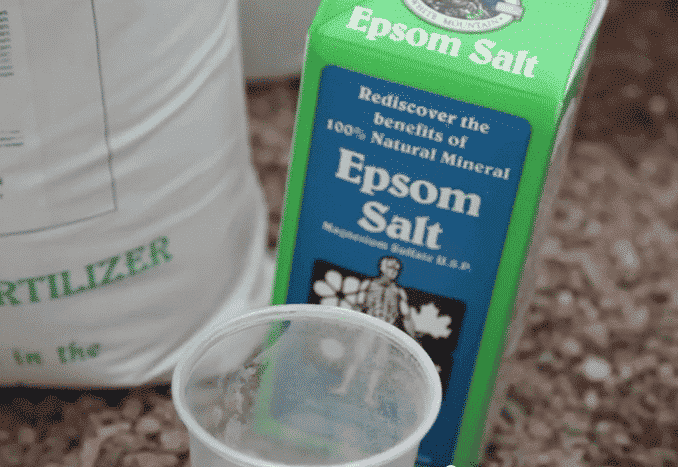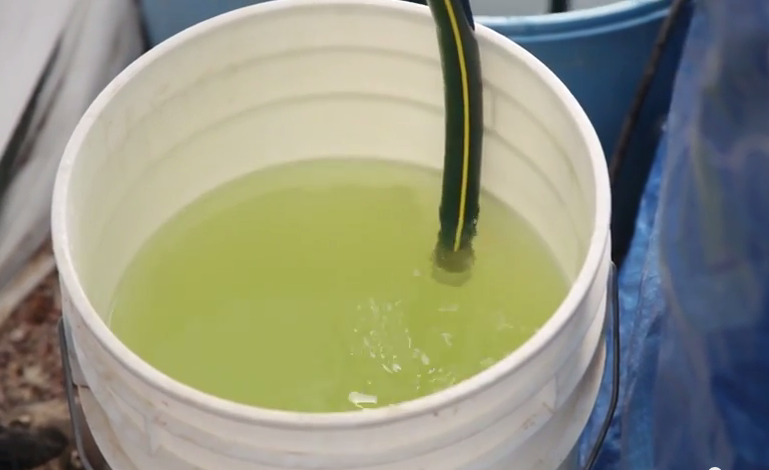So you have a hydroponics system…
But how do you fertilize it?
It seems like it should be easy.
Then you walk into your greenhouse, fertilizer bag in hand, and you realize that you don’t know…
- Where do I add it?
- How much to add?
- Is timing important?
- Do I have to wear gloves?
- What if my kid accidentally drinks some?
(Ok, maybe not that last one. But still…)
Suddenly you’re not so sure.
Don’t worry. Just sit back for a minute and read about what, how, and when to mix into your system.
Mixing hydroponic nutrients can be a breeze!
Choosing your Fertilizer
If you haven’t’ already chosen a fertilizer, check out this post and video on choosing. Basically, there are two deciding factors: wet vs. dry, and what crops you’re going to be fertilizing. (Don’t forget that different crops have different nutrient demands!)
If you’re a commercial grower, there’s a 99% chance that a dry fertilizer will be best for you.
Commercial nutrient mixes also come in dozens of different ratios. (I’m talking about nitrogen, phosphorous, and potassium -or NPK-, which different plants require in different amounts.)
If you’re growing greens, you’ll want to use something different that if you’re growing, say, tomatoes. This will maximize plant health and help you get the best possible production out of your system.
Which nutrients should I add?
Different mixes give you different nutrients.
For hydroponics, you’ll want to have these three nutrient mixes to regularly fertilize your system:
- N-P-K mix
- Calcium nitrate
- Epsom salt (magnesium sulfate)
Your crops will be claiming oxygen, hydrogen, and carbon from the water and air around them. For the most part, you don’t need to worry about those three.
If you can’t tell by the name magnesium sulfate, magnesium and sulfur are supplemented in this compound- Epsom salt.
From here you only have the micro-nutrients to deal with and unless you want to buy an expensive auto-dosing system, we suggest treating micro-nutrient deficiencies as they pop up.

(Quick tip: when you’re buying Epsom salt, be sure to check the ingredients list. If it has some scent, dye, or perfume added, don’t buy it.)
Mixing your nutrients
When it comes to mixing nutrients, your familiarity of your system will play to your advantage.
Most practitioners shoot for the sump or mixing tank because it has a crucial factor: turbulence. You want to give your nutrients both the space and the turbulence to mix thoroughly. Choose the place in your system that will accomplish this best.
You can either mix each nutrient mix separately then combine the three or add them to your tank separately.
How Much?
Check the label on the nutrient mix you are using and follow the instructions provided there. The amount of Epsom salt you add will also be formulated on the label of your nutrient mix.
How Often?
Check your nutrient levels daily. You will likely need to top off your system every few days, and add nutrients to compensate for both plant use and the dilution of the top off.
Do You Have The Right Equipment?
There are two biggies here that every one is going to need:
- an accurate scale that weighs to the ounce or gram, and
- a container to use on the scale.
Additional buckets, stirring rods, and gloves are optional, but sure wouldn’t hurt to have around.
You’re now ready to start mixing!
So, how do you feel about dosing your system?
What’s still not clear?
Let us know in the comments below.
As always, we hope this post was helpful, but if you’re still unclear on anything, don’t hesitate to contact us.






